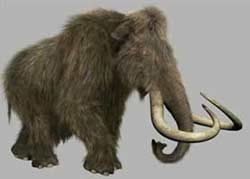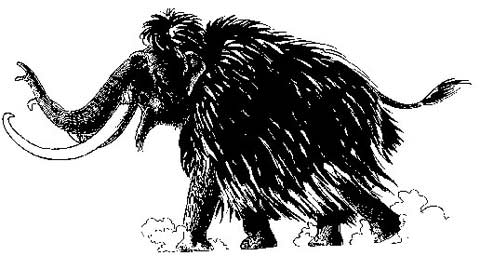Elephants are the largest terrestrial vertebrates currently in existence and represent a unique and rare branch of animals in the world. There are two species of elephants today: the Asian elephant and the African elephant. They inhabit tropical regions. However, in ancient times, there were many species of elephants that were widely distributed across every continent.
 |
|
(Image: sernageomin) |
Over time, many species of elephants have gone extinct.
The ancient woolly mammoth, scientifically known as Mammuthus, is the most prominent extinct species. The appearance of the mammoth resembles that of the Asian elephant but with shorter hind legs and a body that leans backward. Approximately 20,000 years ago, this species lived in regions of Asia and North America.
Archaeologists and biologists have discovered more than 20 complete mammoth remains in the permafrost layers of Siberia and the Alaskan Peninsula. The blood vessels were still filled with blood, and the stomach contained green grass and branches.
Mammoths lived in glacial regions, having thick skin and a dense covering of long hair, hence they are referred to as woolly mammoths. The shoulder and back hair could grow up to 50 cm long. A layer of fat beneath the skin measured 7.6 cm thick to withstand the cold. On their high, round heads, they had a hump that stored fat reserves. Below their heads, they had long, movable trunks. Mammoth tusks were very long and curved inward, with the longest measuring up to 5 cm. The mammoth’s hindquarters sloped down, and their tails had a tuft of long hair, while their feet had only four toes, one less than modern elephants.
To date, we still do not know the exact reasons for the extinction of the woolly mammoth.

(Image: stenvennerne)


















































